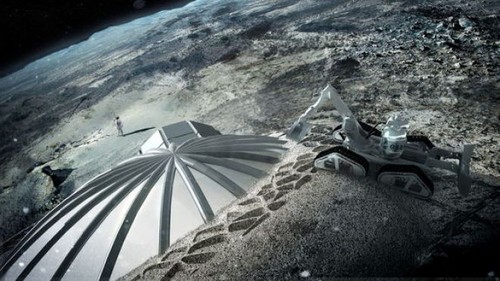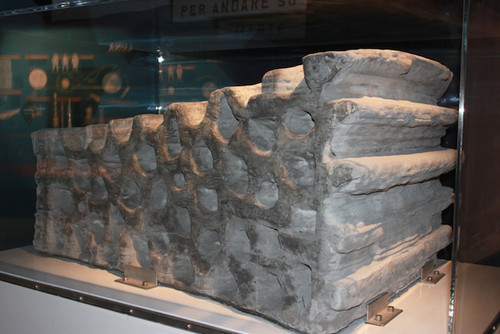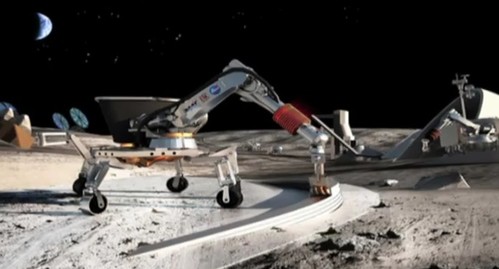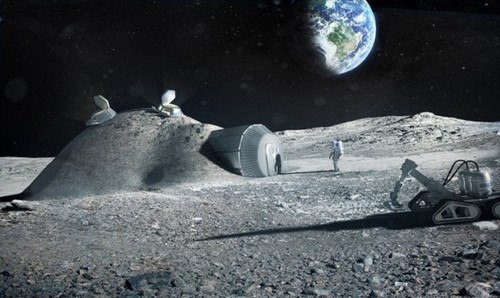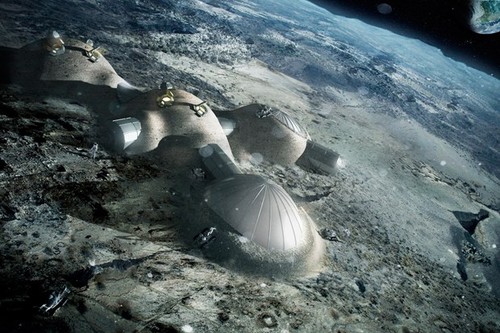ESA Will Build A Lunar Base Using A 3D Printer
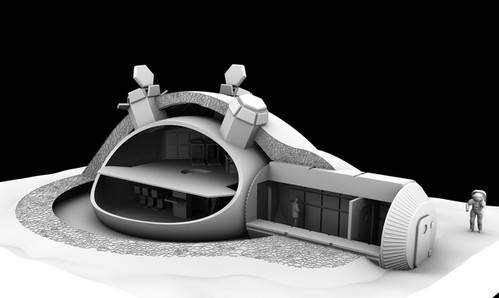
This week the ESA officials have reported, that the 3D printing technology and local lunar soil can be used to build a safe habitat for humans to live in. It could be less expensive and simpler than lifting materials and manpower up from Earth and building a structure in the outdated way. Thus, the ESA in collaboration with London-based architecture firm Foster + Partners studies the possibility of building a lunar base using a 3D printer. The team describes the 3D printing process in such a way: “firstly, the simulated lunar material is to be mixed with magnesium oxide, this turns it into ‘paper’ we can print with. Then for our structural ‘ink’ we apply a binding salt which converts material to a stone-like solid. The simulated regolith appears to bear a 99.8 percent resemblance to lunar soil.” Still there are some issues to be thought over like temperature variables on the Moon that could turn problematic for 3D printing and too much lunar dust that might be hazardous to breathe for astronauts supervising the construction of a 3D-printed habitat and living in it.
Via:pcmag.com
| Tweet |

